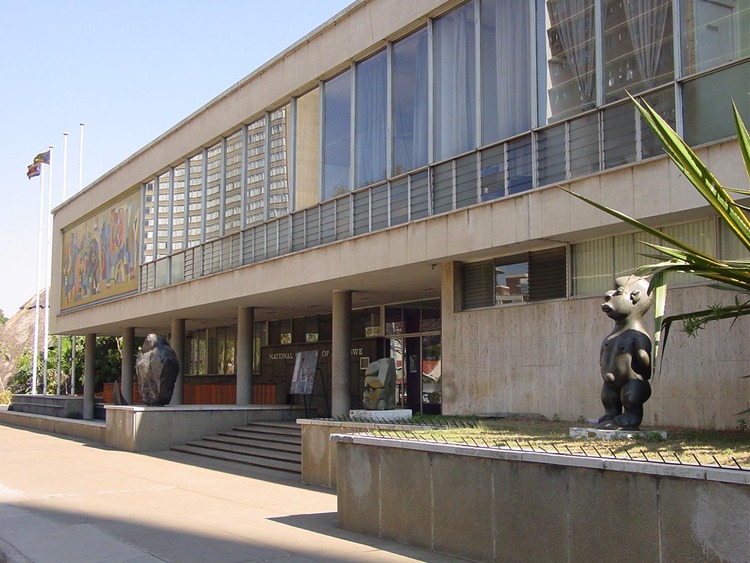
The Sunday Mail

Takudzwa Chihambakwe
THE National Gallery of Zimbabwe added another monumental piece to its permanent collection when it was recently given a Dominic Benhura sculpture by the United Nations Development Programme. “Peace” was handed over by UNDP Resident Co-ordinator Bishow Parajuli.
NGZ curator, Raphael Chikukwa, expressed joy at having the piece in his gallery. “Another reason to be excited is that having a renowned artiste as part of the permanent collection at the National Art Gallery is a very big milestone for us … the subject matter that the piece addresses is a fundamental issue to mankind. “We know that if there is no peace in any society, there is no progress, and sadly children are the ones that are most affected in times of conflict. So now whenever people visit the gallery they will be reminded to always emphasise peace in their society,” said Chikukwa.
He went on to say “Peace” was exhibited in the gallery some 13 years ago and was also once taken to the Eastern Highlands for another arts exhibition. “It was, however, returned here and has been housed here for a couple of years now, but it was not owned by the gallery. “When our executive director, Doreen Sibanda, realised that the sculpture was now just sitting in the gallery, she approached the UNDP to have them donate it to the gallery and they agreed,” he revealed.
Benhura spoke about how he came up with “Peace”. “The UNDP approached me more than a decade ago and asked me to make a piece which talks about peace. So I came up with something universal because conflicts can be anywhere, in any family or nation. “In the midst of brainstorming, I realised that children are the most affected when conflicts arise and to spread the message of peace I should use them to show the world how it damages the future of children when adults engage in conflict.
“Therefore, I made a sculpture depicting children with amputated legs and arms as well as some with other defects because that is how some children have their future completely altered by conflicts. I also made sure that the pieces are faceless in order for the sculpture to have a universal appeal,” explained Benhura.



